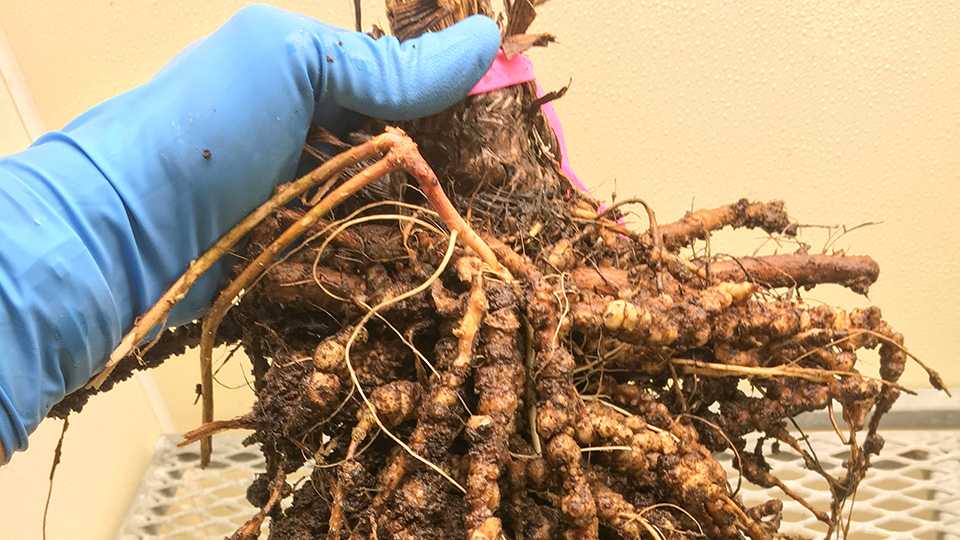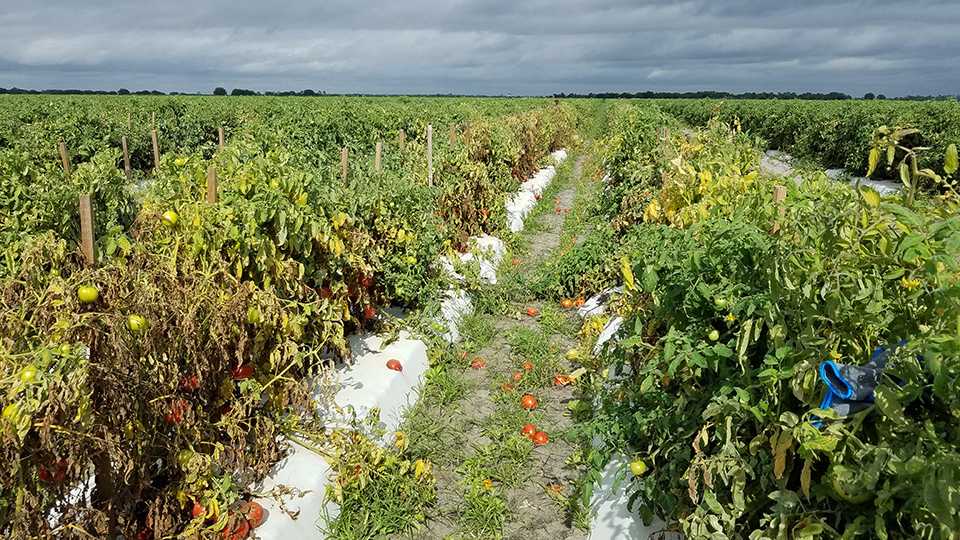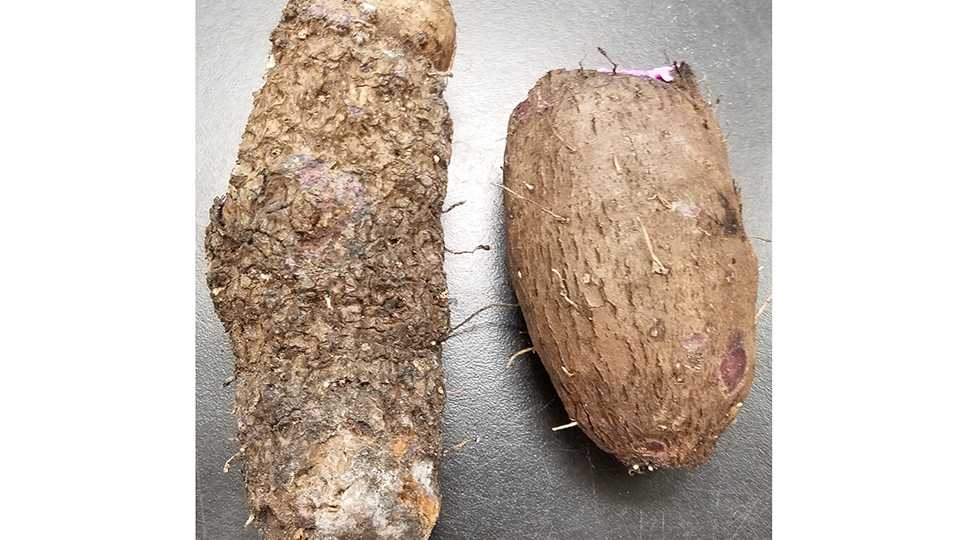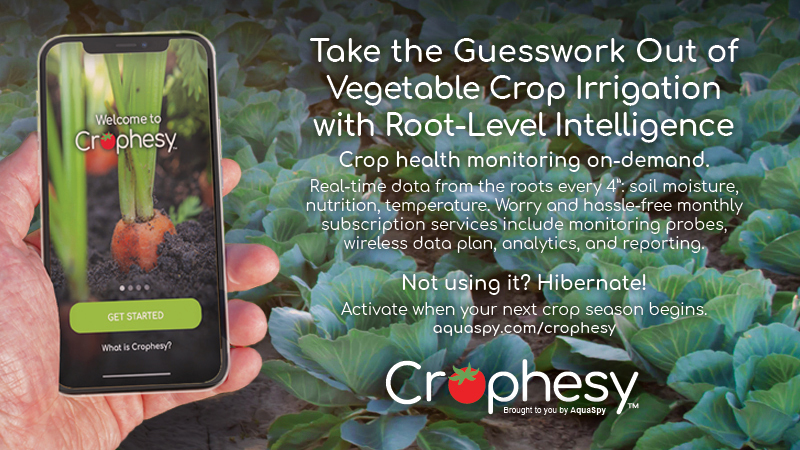Field Scouting Guide: Root-Knot Nematode
This edition of Field Scouting Guide concentrates on Meloidogyne (root-knot nematode). Johan Desaeger, University of Florida, shares insights into how to spot and treat this pest.
THE BASICS
- Scientific name: Meloidogyne
- Common name: Root-knot nematode
- Geographical Range: Global
- Crops affected: Almost all
PEST IMPACT
This pest affects the entire state of Florida. It is difficult to say the economic impact of root-knot nematode, as crop loss can range from just a small percentage to total crop loss. Typically, hot spots will occur in a field, showing clusters of unthrifty, stunted plants. Root-knot is one of the major pests for vegetable and strawberry growers.
The pest is a problem from the get-go. Under favorable conditions (soil temperature and moisture), root-knot can severely stunt newly seeded/planted crops. Double-cropped vegetables especially are at risk.
IDENTIFICATION
Root-knot nematode can be mistaken for many pests and problems, ranging from other soilborne diseases, to fertility issues, to drought (plugged drip tapes), etc.
The aboveground symptoms are not very specific, but below-ground symptoms are. Root galls and swellings on the root system can range from very small spherical knots to large, swollen, deformed roots — tell-tale signs of root-knot nematode.
The only exception can be on Brassica’s. Clubroot (Plasmodiophora) can cause similar symptoms. On legumes, root galls should not be confused with Rhizobium nodules (the latter rub off easily, whereas nematode root galls will not).
RECOMMENDED TREATMENT
The most effective treatment is soil fumigation, nematicides, crop rotation, and resistance when available.
Traditional chemistries
| Name | Company | Active Ingredient | IRAC Nematicides | Classification |
| Telone | Corteva | 1,3-dichloropropene | Group N-UNX | Presumed multi-site inhibitor – Halogenated hydrocarbon |
| Kpam | AMVAC | metam | Group N-UNX | Presumed multi-site inhibitor – Methyl Islthiocyanate generator |
| Pic | Corteva | chloropicrin | Group N-UNX | Presumed multi-site inhibitor – Chloropicrin |
| Vydate | Corteva | oxamyl | Group N-1A | Carbamates |
| Nimitz | Adama | fluensulfone | N-UN | Unknown |
| Velum | Bayer CropScience | fluopyram | Group N-3 | Mitochondrial complex II electron transport inhibitors. Succinate-coenzyme Q reductase |
Organic controls
- Name: Majestene, Melocon, and several thyme oil-based products, azadirachtin-based products, mustard meal
- Active ingredient: Burkholderia rinojensis, Purpureocillium lilacanus
- Mode of action: unknown
The IPM recommendations are to integrate cover crops/rotation. Florida sunn hemp is a good cover crop that is a poor host to root-knot, as are certain cowpea cv’s. When available, resistant cv’s (for tomato), and increase soil organic matter.
Other practices that can be used when appropriate are flooding, solarization, steaming, and fallowing.

















